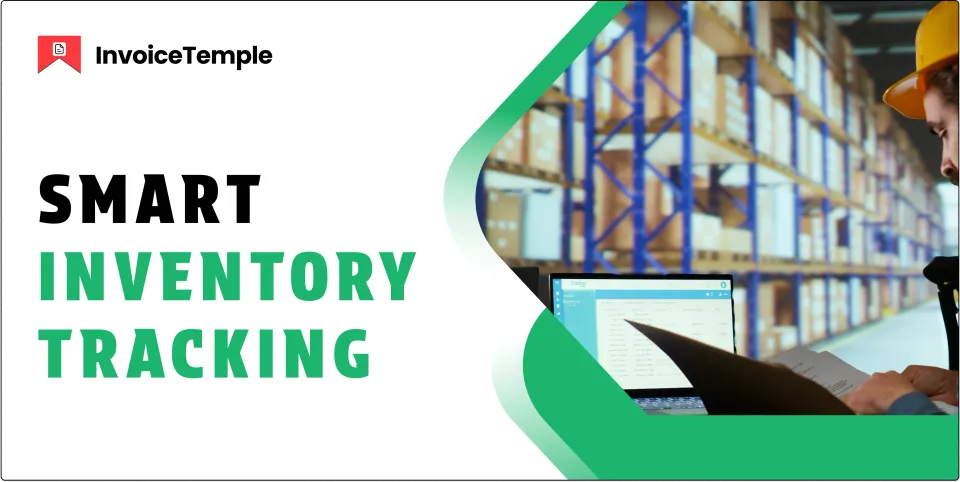Inventory Tracking Made Easy: Save Time and Cut Costs

Managing stocks, dealing with the stock-in and stock-out process, and minimizing waste are key activities for running a smooth business. Even a small variance in the inventory data can lead to significant confusion and inaccuracy in business data. Identifying the recovering the mistakes is a time-consuming as well as complicated process.
Maximum errors in inventory management stem from the manual process. But using inventory management software assists in avoiding errors and inaccuracies. As inventory tracking is crucial for the smooth running of the business, easy handling of it results in business success and better client management. This blog provides complete details about inventory tracking using inventory management software. Uncover the information about inventory tracking here.
What is Inventory?
In business terms, inventory refers to the goods that are stored to be sold to the clients or any business. It may include the raw materials, semi-finished goods, finished goods or products, repair equipment, etc. All these items will be used in the production process or will be directly sold to the customers based on the business nature. The modern solution for managing the inventory is making use of inventory management software. With this software, the inventory tracking process can be made easier. Let’s know about what inventory tracking is.
Step-by-Step Process of Inventory Tracking:
Inventory tracking is the process of monitoring the stock's availability. This tracking process involves researching the quantity of the products received or sold, the condition of each available product, etc. The steps followed in the inventory tracking process are as follows.
Step #1: The initial step of the inventory tracking process is receiving the goods. When the business receives the goods, it gets recorded in the inventory management software. While recording the details like the name of the product, quantity of it, number of the rack it is stored in, etc, must be included mandatorily.
Step #2: After recording all the information, it will be stored in the inventory management software. Now, movement of the products may occur, like moving from inventory to production or moving from inventory to shipping, etc.
Step #3: When the stock level gets reduced, it will be notified by the software, and the business owner can get reminded about the new purchasing process.
Step #4: After obtaining the stock level data, the purchase orders can be generated instantly and can be forwarded to the vendor or supplier.
Methods Used to Track the Inventory:
The process of inventory tracking can be done using various methods, and some of them are as follows.
Manual Tracking Process: With the manual inventory tracking process, the quantity of the products is counted and entered manually with a large labour. This process takes much time to complete, and errors may also occur.
Automated Inventory Tracking Process: With this automated software, the stock levels can be easily tracked, and effective decisions can be made regarding the availability of the stock.
Key Advantages of Inventory Tracking:
The advantages of the inventory tracking process are many, and some of them are as follows.
- The overstocking and understocking issues can be avoided. This results in maintaining a proper cash flow.
- The inventory tracking plays a major role in spotting the location of the item, which can save a lot of time can be saved.
- A clear output regarding the stock levels can be obtained, which results in taking effective decisions regarding the products that have to be purchased.
- The sales pattern of the product can be easily identified using the inventory tracking process.
Inventory tracking plays a crucial role in the smooth running of the business. For this, start using the inventory management software and track inventory effectively.
